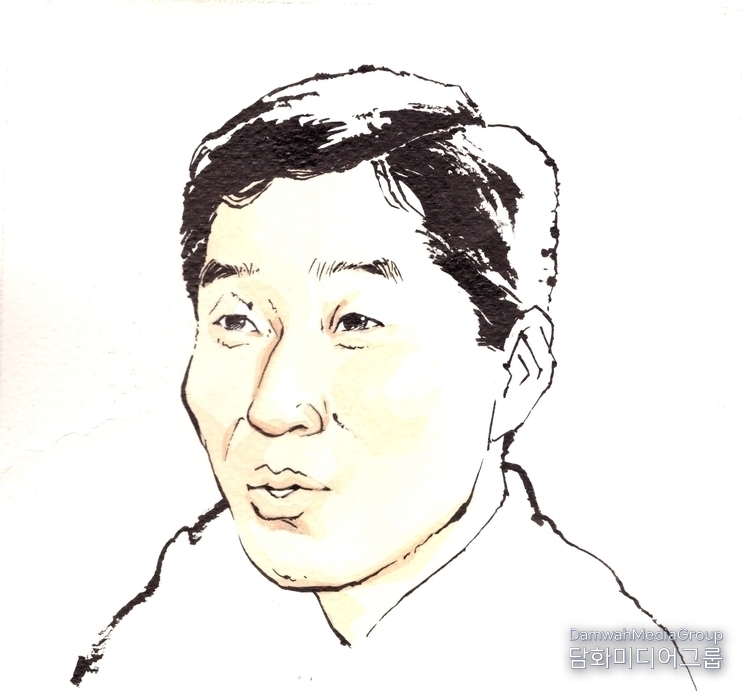By Diplomacy Journal Lee Jon-young
In the art world, the title of ‘artist’ is not simply a job title or a nameplate. It is the result of public verification and a symbol of the trust that creators receive from the art world. In particular, the titles ‘recommended artist’ and ‘invited artist,’ which are commonly seen in exhibition halls, have functioned as symbolic language that goes beyond simple distinctions to encapsulate the creative journey and artistic position of the artist.
However, in recent years, there has been an increasing number of cases where the mandatory step of being a recommended artist is skipped, and artists are immediately referred to as “invited artists.” This is not merely a procedural omission but a significant deviation that undermines the very foundation of the art world's structure.

Most exhibition planning systems in Korea and abroad generally divide artist titles into a three-tier system: “general artist → recommended artist → invited artist.” This structure is an institutional mechanism designed to comprehensively evaluate an artist's growth process, contributions, and artistic maturity, and to name the results in a fair and reliable manner.
General artists begin their careers through competitions or public exhibitions, where the authenticity of their creations and technical proficiency are verified.
Recommended artists are selected through official screening by associations or planning teams based on their experience and achievements, and serve as an intermediate gateway to becoming invited artists.
Invited artists are the highest-ranked artists who have been directly invited by the exhibition organizers as individuals who have been sufficiently verified in terms of their artistic merit and public activities and who fit the curatorial intent.
Thus, titles are not a means of branding for individual artists, but rather a “mark of public trust” granted by the art world through collective verification.
Invited artists who have not gone through the recommended artist process? The collapse of an unreasonable exhibition structure
The title of “recommended artist” is not something that anyone can attain. Only those who have been verified through consistent creative activities, competition history, and exhibition participation over a certain period of time are granted this qualification. This is not a simple ranking, but an institutional channel through which the art world officially nurtures and evaluates artists and grants them trust.
However, in recent exhibitions, there have been numerous cases where this intermediate stage has been ignored, and artists have been directly referred to as “invited artists” without undergoing the verification process. This is akin to self-destructive behavior that reduces the title system to a decorative nameplate without even clearly understanding the concepts of recommendation and invitation.
“There can be no invited artists without recommendations. This is nothing more than an empty slogan that negates the very values of trust, circulation, growth, and community verification in the art world.”
An invitation is not a process but a result. The reason an artist is invited is not simply because they “draw well,” but because they have built relationships with the art world and earned the trust of the community through many years of sincere activity. The first step in opening the door to that relationship is “recommendation.”
The hierarchy of artist titles is not about prestige, but about respect for the structure of verification agreed upon by the community. If this order is ignored and the recommended artist stage is skipped, the artist ranking itself becomes meaningless, and even for viewers, the title of artist does not become a standard of trust.
Furthermore, such a distorted structure discourages the growth of new artists and undermines the educational significance of being recommended and the function of socialization within the art world.
The titles of “recommended” and “invited” artist should never be given lightly. They are the official judgment of the art world on creators and the most basic order that sustains the dignity and public nature of art.
The authority of invited artists must be built on the recommendation artist system. A structure in which invitations are possible without recommendations is nothing more than a self-portrait of an art world that has lost its institutional trust.
Art should be evaluated based on its content, not its name. However, if the title is given without a process that matches the name, the name becomes nothing more than a shell.
Now is the time for the entire art world to once again consider the weight of “trust that must be upheld before names.”







